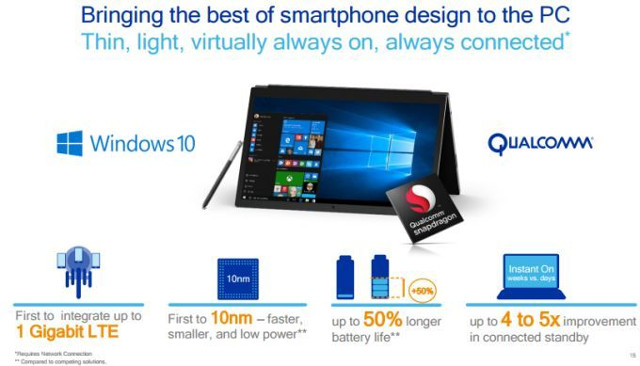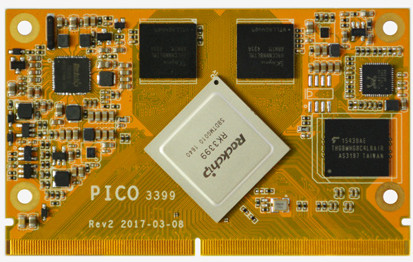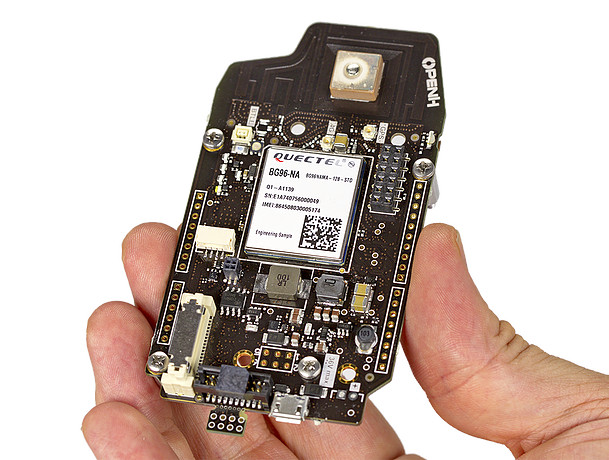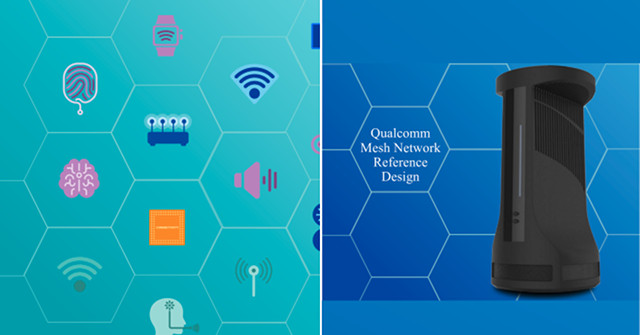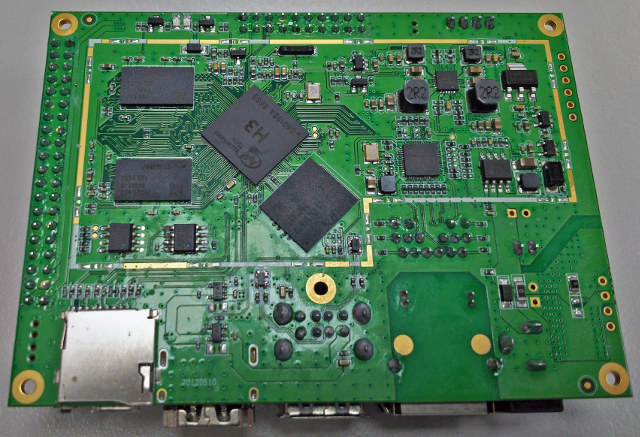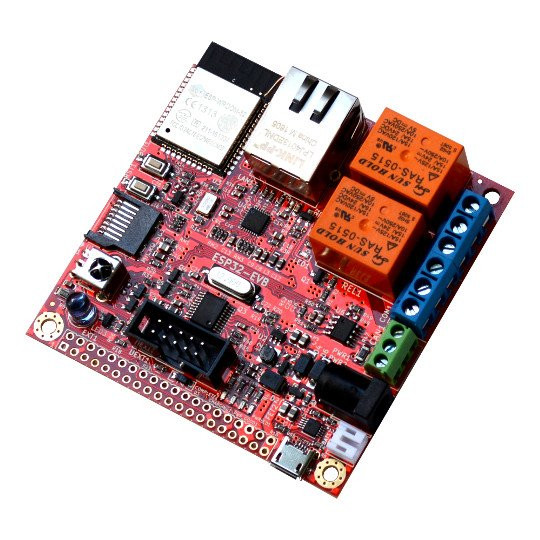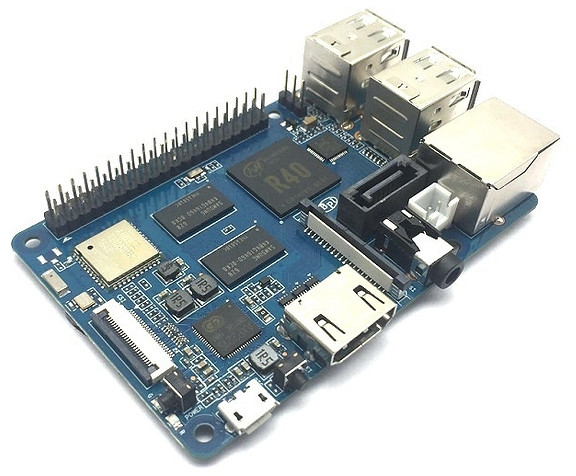Windows on ARM has been tried before with Windows RT, but the systems were crippled, and it was not exactly a success. Microsoft and Qualcomm are now giving it another try with ARM mobile computers running the full version Windows 10 on Qualcomm Snapdragon 835 processor, and Asus, HP, and Lenovo building devices based on the solution. There are plenty of inexpensive Intel PCs running Windows 10, so what would be the benefits of using Snapdragon 835 SoC? Qualcomm explains that it’s the first to coming integrate Gigabit LTE, it offers up to 50% longer battery life in specific use cases like watching videos and gaming, and thanks to big.LITTLE technology provides up to 4 to 5 times improvement in battery life compared to Intel’s solutions. Windows 10 does not have the same limitations as Windows RT had, and you can do pretty everything that you would on an Intel […]
Boardcon Introduces Rockchip RK3399 PICO3399 CPU Module and EM3399 Baseboard
There’s a limited number of boards based on Rockchip RK3399 processor, with the easiest to work with (for non-Chinese readers) probably being Firefly-RK3399. Shenzhen Xunlong is working on their own Orange Pi RK3399 board, 9Tripod released their X3399 SoM and devkit, Boardcon has also launched their own RK3399 SoM (system-on-module) and baseboard solution with respectively PICO3399 CPU module and EM3399 board. PICO3399 SoM specifications: SoC – Rockchip RK3399 hexa core processor with a dual ARM Cortex-A72 core cluster @ up to 2.0 GHz, quad ARM Cortex-A53 cluster, and ARM Mali-T860MP4 GPU System Memory – 4GB LPDDR3 Storage – 8GB eMMC flash 314-pin edge connector with 2x USB2.0 Host, 2x USB3.0 or 2x Type-C, UART, MIPI, GbE, HDMI in&out, Audio, I2C, I2S, PCI-E, SD/MMC/SDIO, GPIO, eDP.. Power Supply – 5V Dimensions – 82 x 50mm (8 layers) The company provides support for Android6.0.1 and Debian for the module. If the info […]
Infineon Claims to Have Implemented Post-Quantum Cryptography on a Contactless Security Chip
Today we protect systems, data, and communication using encryption keys of various lengths together with secure algorithms, and after a quick check, I found out banking websites are using 128-bit to 256-bit keys for secure (TLS v1.2) communication, and my Linux system is using a 4096-bit RSA key for secure communication over SSH. According to an Infineon press release, such key length are suitable for secure communication today, and current computer do not have sufficient processing power to break encryption, but with the advance of Quantum computer, even RSA-2048 keys won’t be secure, which means in 15 to 20 years all data encrypted (and stored) today with such keys would theoretically be accessible in the clear. That’s why the company has been working on next-generation post-quantum cryptography (PQC), and recently demonstrated the first PQC implementation on a commercially available contactless security chip, as used for electronic ID documents. The company […]
OpenH PULSAR and QUASAR Boards Add 4G LTE Cat M1, or Cat 4/1 to Raspberry Pi Boards
We’ve seen a bunch of IoT boards with 2G connectivity recently including Orange Pi 2G-IoT, Wio GPS, and Nadhat, but while in some countries 2G will still work for many years, those boards are already obsolete – or soon will be – in many other countries. However, finding low cost 3G / 4G boards is more difficult, and while one solution is to use 3G or 4G USB dongles, “OpenH – Open Hardware” – part of KLiP Industries – has designed two boards with 4G connectivity provided by Quectel modules. OpenH PULSAR Board PULSAR board is compatible with Arduino Zero and features the following specifications: MCU – Atmel/Microchip SAMD21 ARM Cortex M0+ MCU (the as the one used in Arduino Zero) Connectivity 4G LTE Cat M1 modem with GPS (Quectel BG96-NA); No external antennas required Bluetooth and NFC Security – Dedicated management CPU with crypto engine Power Supply 10W digital power supply and battery charger with direct solar input FCC […]
Qualcomm Unveils Mesh Networking WiFi Router / Gateway Reference Design Powered by IPQ40x8/9 NSoC
Qualcomm has just announced the Qualcomm Mesh Networking Platform for OEM and broadband providers to design home WiFi routers/gateways capable of providing “robust and consistent connectivity”, and feature voice control capabilities, centralized management and security, and a range of mesh system features. In order to speed up adoption the the platform, the company introduced the Qualcomm Mesh Networking Reference Design with the following key features & benefits: Network System-on-Chip (NSoC) – Qualcomm IPQ40x8/9 network system-on-chip with four Cortex A7 cores, 802.11ac WiFi 2×2+2×2, network and crypto accelerators Qualcomm Wi-Fi Self-Organizing (SON) feature suite will ensure corner-to-corner Wi-Fi coverage, easy set-up, automatic management and traffic optimization, as well as additional security safeguards. Carrier-Grade features with Wi-Fi SON APIs, cloud-based diagnostics Integrated voice capabilities thanks to built-in microphone array and speaker, voice recognition software, and APIs support for popular cloud-based assistant applications. Variety of backhaul options to be used to maximize the […]
ACT Power unveils its Project-X A1 production ready development board at Computex 2017
These days developer boards are a dime a dozen, but Taiwanese ACT Power has taken a different approach from most companies out there by making their addition production ready. The Project-X A1 is the first in what is expected to be a series of boards that will utilize the same mezzanine board connectors, to make it easy to change hardware platforms over time. The board on display at Computex is still an early prototype and some things will change before the final product launches. Specification wise we’re looking at: SoC – Allwinner H3 quad core Cortex A7 processor @ 1.2 GHz with Mali-400MP2 GPU @ 600 MHz System Memory – 1 GB DDR3 Storage 8GB eMMC flash, SD card slot Video Output – 1x HDMI 1.4a up to 4K @ 30 Hz Audio Output – HDMI, I2S via pin-header Connectivity – Gigabit Ethernet with optional PoE support USB – Two […]
Olimex ESP32-EVB Board with Ethernet, CAN Bus, and Relays up for Sale for 26 Euros
One of the new feature of Espressif ESP32 SoC over ESP8266 is the inclusion of an Ethernet MAC interface, but so far few boards come with an RJ45 jacks. ESP32 Monster board is an option, also including an OLED Display and CAN Bus, and sold on Tindie for $35, but Olimex has now stocked their ESP32-EVB board with Ethernet, CAN Bus, and two relays, and you can purchase it for 26 Euros per unit, and less in larger quantities. Olimex ESP32-EVB Rev. B specifications: Wireless Module – ESP32-WROOM32 module with 802.11 b/g/n WiFi and Bluetooth LE Wired Connectivity – 10/100M Ethernet with RJ45 jack (via LAN8710A) External Storage – micro SD slot Relays – 2x 10A/250VAC relays with LED status Expansion 40-pin GPIO female header (2.54mm pitch) UEXT connector for sensors and modules CAN Bus USB – 1x micro USB port for debugging (CH340T) and power Misc – Reset and […]
Banana Pi BPI-M2 Berry Allwinner V40 Development Board, Allwinner Business Units & SDK/Software Management
SinoVoIP has unveiled yet another new board with Banana Pi BPI-M2 Berry this week-end. It’s actually quite similar to Banana Pi BPI-M2 Ultra board, by they replaced Allwinner R40 with Allwinner V40 processor, removed some features, and use Raspberry Pi 3 form factor. If we look at Allwinner V40 product brief we can see the specifications look almost identical, with V40 potentially exposing an extra CAN bus. The company’s announcement was very confusing since they show Banana Pi BPI-M2 Berry board with Allwinner R40 instead of Allwinner V40. Banana Pi BPI-M2 Berry Banana Pi BPI-M2 Berry specifications: SoC – Allwinner V40 quad Core ARM Cortex A7 processor with ARM Mali-400MP2 GPU System Memory – 1G DDR3 SDRAM Storage – micro SD slot, SATA interface Connectivity – 1x Gigabit Ethernet port, 802.11 b/g/n WiFi and Bluetooth 4.0 (AP6212 module) Video Output – HDMI 1.4 port up to 1080p60, 4-lane MIPI DSI […]


